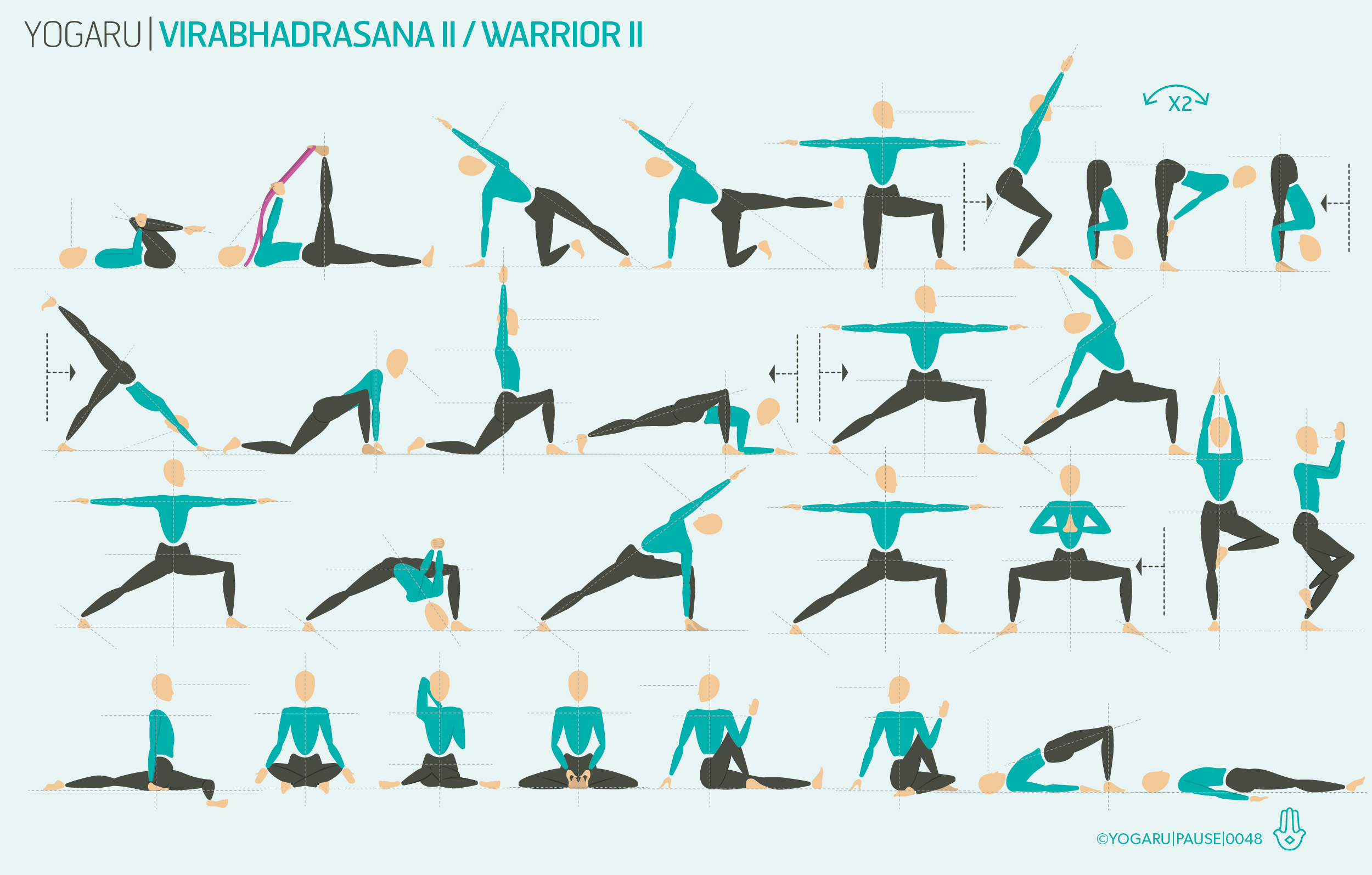SEPTEMBER MAYHEM
September back to school has left me feeling frazzled and out of balance. I found the more that was thrown at me, the faster I moved, and the more disconnected I became between my over busy mind and my hasty actions. To the point that last Wednesday, while speed walking up the avenue, frantically retracing my steps to look for a lost glove, I tripped and came inelegantly crashing down on all fours. Which left me with a wrist injury, cuts and bruises on my knees, and an even bigger bruise to my sense of self and ego. I was chronically out of balance! I find injuries a huge challenge. Slowing down does not come naturally to me until I’m forced to. As a yogi, people expect you to be practically horizontal with calm and ease, but I am definitely not that persona! Yoga chips away at my busy mind and helps to remind me that this is not a sustainable way to live. You need to take time to slow the heck down before the path goes from under you and does it for you!
PRESS THE RESTART BUTTON
Since last Wednesday I've been taking time to slow down, even if my mind objects and tells me I'm too busy, I pause to take in the horizon on my morning walk, meditate for just 10 mins a day, and am taking Epsom baths to soak all my injuries away. I've slowly noticed changes are happening. My mind is becoming clearer and calmer, the constant headache I'd gotten used to at the start of September is gone, my wrist and other soft tissue injuries are fading, and my poor knees are looking a bit less like my six year olds proud school yard cuts and bruises.
LIVING YOUR YOGA
I’m also writing a document for my upcoming Yoga for Balance workshop with the amazing Aisling Conn. Aisling has been one of my regular teachers, and good friend, for many years and without fail I leave her classes feeling a conscious and subconscious sense of calm and balance, physically and mentally. She has an incredible knowledge of anatomy and uses this knowledge to access the deeper subtle body, through teaching with an emphasis on correct alignment with effort and ease.
The workshop will combine breathwork, asana and tips to help bring these life skills into your everyday lives. These are tried and tested methods to bring back a sense of calm to your lives. There will be take home workshop pack with material on the techniques we will practice in the workshop and lots more tips for ways to find balance through nutrition, essential oils and natural remedies.
The workshop takes place this October 7th, 2:00-4:30pm, The Yoga Room, Dublin. Book online at The Yoga Room. Suitable for all levels. For those feeling out of balance and for those who are open to learning ways to staying balanced.
We look forward to seeing you there to explore yoga for balance.
Ruth Dealhunty Yogaru





